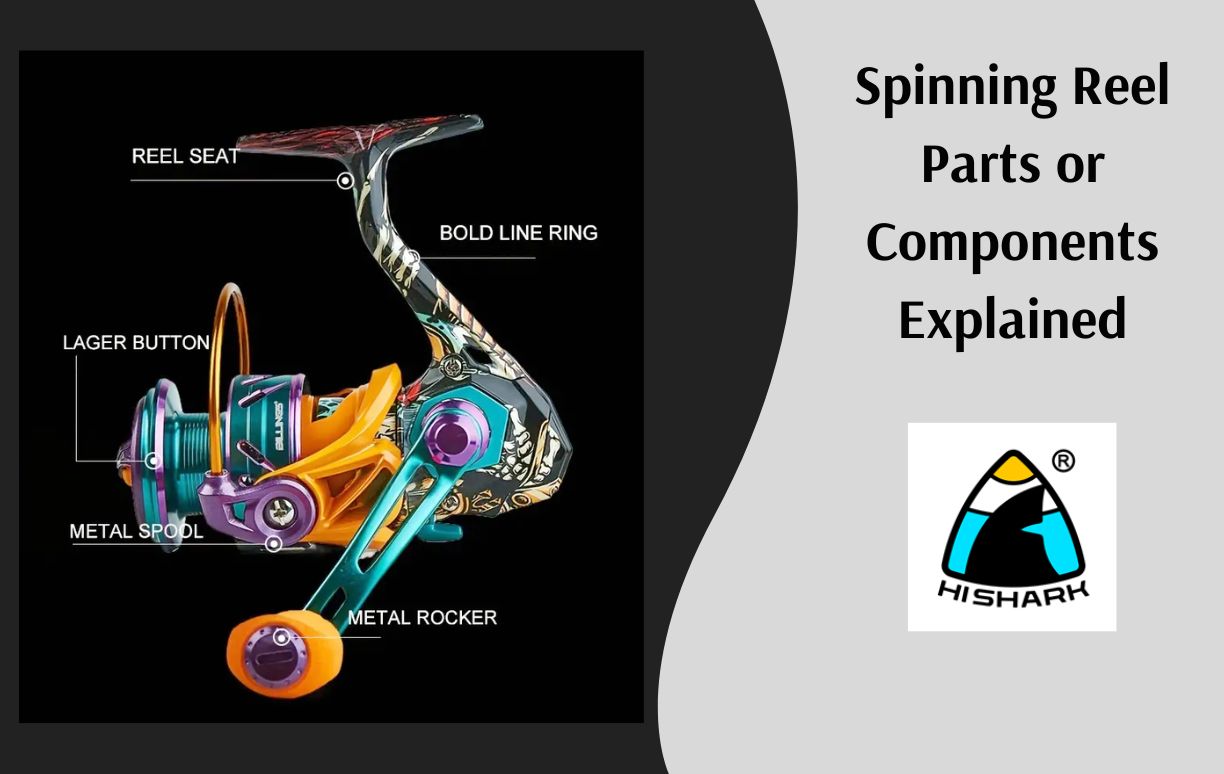
A Full guide explains baitcast Fishing Reels
Baitcast reels are also known as baitcasting reels. The baitcast reel is a popular lure fishing reel known for its lightweight, smooth, and precise qualities. However, it has some drawbacks, such as being easy to blow up the line and requiring advanced expertise.
Magnetic brake reels and centrifugal adjustable brake reels are two distinct types of brakes. When utilizing them, consider the installation’s safety, winding skills, throwing posture, and the surrounding surroundings. If the line blows up, you must carefully manage the line-lay oscillation systems.
The baitcast reel is a popular fishing reel among anglers, particularly for lure fishing. Its distinctive features include a lightweight design, smooth line-out capability, and high accuracy casting. It comes with a lightweight, gun-handled lure rod, allowing anglers to cast fast and efficiently.
For beginners, operating a baitcasting reel may require some skill and practice. The basics of handling it include learning how to thread the reel correctly, controlling the casting strength, and avoiding bird nests. In addition, regular maintenance and cleaning are essential for ensuring the operation of your fishing reel.
What Are Baitcast Reels?
Anglers refer to the baitcasting fishing reel as the “boutique” of fishing implements, particularly in lure fishing, where it is known as “lure reels.” Its popularity stems largely from its compact size, low weight, smooth line action, and accurate casting performance. These characteristics make it the ideal alternative for people who appreciate the “fast attack” approach of lure fishing. However, the right reel must be matched to the rod.
In general, a baitcast reel works well with gunny rods, but spinning reels work best with straight rods. In practice, properly matching the rod and reel can significantly improve the effectiveness and enjoyment of fishing.
Discussion of pros and cons
Advantage: The baitcasting reel shines in a variety of ways. For starters, it’s small and portable. Second, its lightweight texture enables longer use without weariness. Furthermore, it provides smooth and quick line-out, which is essential for fishing. Finally, baitcast reels allow for more accurate casting than spinning reels.
Disadvantage: The baitcasting reel is not excellent. Compared to spinning reels, it is more likely to cause “line blowouts,” or line tangles during casting. Second, mastering how to operate a baitcast reel requires a higher level of ability and experience. Finally, because of their sensitive production and artistry, baitcasting reels are frequently marketed at significantly greater prices than spinning reels.
If you do not know the baitcasting reels well please refer to this article on how to use a baitcaster.
Types of brakes of Baitcast Reels
- Magnetic Brake Reel: The magnetic brake reel is a distinct variation on the baitcast reel, with the most prominent feature being a housing coupled with a magnetic adjustment knob. Users can tune it flexibly to meet their demands, with levels ranging from 0 to 10, where level 0 indicates the weakest braking impact (virtually no braking) and level 10 gives the highest braking response.
- Centrifugal Adjustable Brake Reel: The focal feature of this baitcasting reel’s design is its simple side cover, which allows the angler to rapidly open and alter the location of the brake beans, adjusting the effectiveness of the brakes. When the brake bean is pressed to the outermost layer, it achieves its maximum braking capacity, assuring stable operation.
Methods of use
Install the reel body:
- When you receive the lure rod, you’ll notice a clamping slot on the handle for the fishing reel. To ensure that the reel is properly mounted, first remove the slot’s adjusting knob before carefully inserting the fishing reel’s foot into the slot. The final step is to tighten the knob to ensure that the reel is tight and does not wobble.
Winding the line:
- Ensure that the line goes through all of the guide rings before binding it to the line cup. It is critical not to wind the line too slowly and to ensure that the line is wound around the line cup at the proper level, 1.5 to 2.0 millimeters from the edge of the cup is typically advised. This ensures that the line comes out of the cup smoothly and without being too loose or too tight.
Casting Techniques:
- First, arrange the bait according to your demands. Use your left hand to keep the rod handle while your right hand is fastened on it, and use your index finger to control the line out of the release. When you’re ready to cast, lift both hands parallel to your head.
Cautions
- The line capacity of the baitcast reel is a key reference when choosing a fishing line. We must ensure that we do not exceed the capacity of the reel when winding the line. If the line is wound too full, it can easily lead to skipping when casting, affecting the overall fishing experience.
- The safety of the surrounding environment is crucial when making a cast. Make sure there are no people or objects around when casting, especially avoiding places where lures and hooks may collide or become entangled, so as to avoid possible accidental injuries or equipment damage.
- Calmness is the key when encountering a blow-up line situation. There is no need to be overly anxious. Gently unscrew the right side cover of the baitcast reel and remove the line spool. Then, patiently tidy up the blown line and reinstall it on the reel after the line has been organized smoothly to ensure smooth subsequent fishing operations.



















